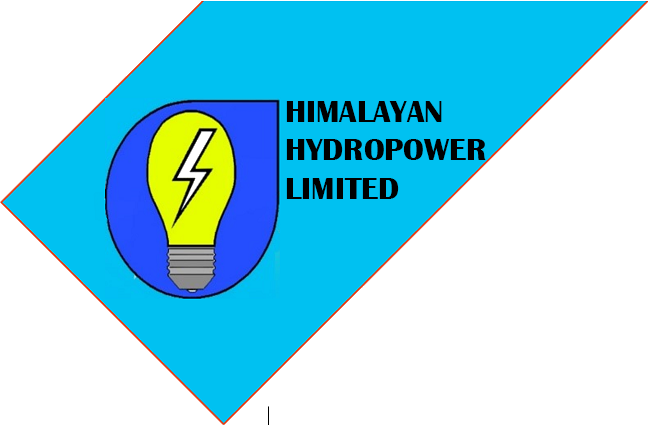Hydropower Energy

Hydropower Energy
Hydroelectric power generates about 10% of the nation's energy. Credit: US Army Corps of Engineers
Flowing water creates energy that can be captured and turned into electricity. This is called hydroelectric power or hydropower.
The most common type of hydroelectric power plant uses a dam on a river to store water in a reservoir. Water released from the reservoir flows through a turbine, spinning it, which in turn activates a generator to produce electricity. But hydroelectric power doesn't necessarily require a large dam. Some hydroelectric power plants just use a small canal to channel the river water through a turbine.
Another type of hydroelectric power plant - called a pumped storage plant - can even store power. The power is sent from a power grid into the electric generators. The generators then spin the turbines backward, which causes the turbines to pump water from a river or lower reservoir to an upper reservoir, where the power is stored. To use the power, the water is released from the upper reservoir back down into the river or lower reservoir. This spins the turbines forward, activating the generators to produce electricity.
A small or micro-hydroelectric power system can produce enough electricity for a home, farm, or ranch.
